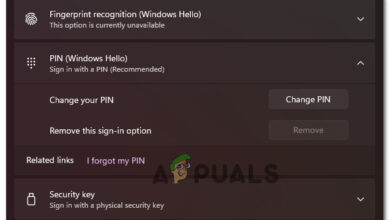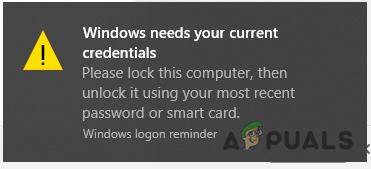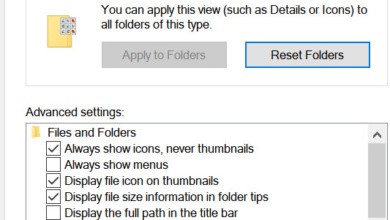How to Disable Password Reveal Button in Windows 10?
Windows 10 provides a password reveal button whenever a user types a password. This is used to recheck the password if it is correct or not. It is a very useful feature for users that have a long or complicated password. However, some security concerned users would not like this feature on their system. In some cases, like when a user types a password but leaves the system in an emergency before entering, this can reveal your password to other users. Therefore, some users would want this feature disabled on their system. In this article, we will show you methods through which you can disable this feature in your Windows.
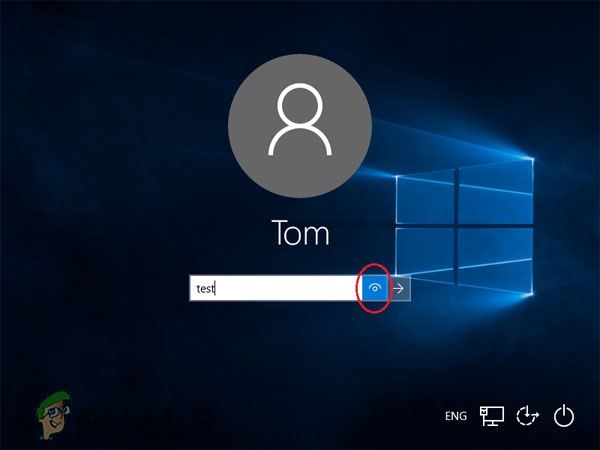
In the Windows password screen, the reveal button will appear next to the submit button. Users can also mistakenly click on the reveal button in place of the submit button. There are many different reasons due to which users will want this option to be disabled. Most users don’t even use this feature as they just type the password again if it is not correct rather than check it through this feature. We have included two methods below through which users can disable the password reveal button on their system.
Disable Password Reveal Button through the Local Group Policy Editor
The first method is by using the already existing policy setting in the Local Group Policy Editor. You just need to enable the policy setting to remove the password reveal button. Follow the below guide to make it work.
The Local Group Policy Editor isn’t available for Windows Home Editions. Skip this method if you are using Windows Home Edition.
Note: This policy setting can be found in both Computer and User categories of the Local Group Policy Editor. Both will have the same path, but only the different categories (Computer Configuration or User Configuration). We will be using the one under the Computer category, but you can choose the one that you want.
- Open a Run dialog by pressing the Windows + R keys together on your keyboard. Then type “gpedit.msc” and press the Enter key to open the Local Group Policy Editor.
Note: If the UAC (User Account Control) prompt appears, then choose the Yes option for it.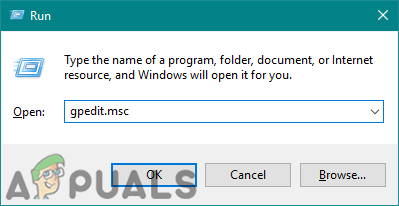
Opening Local Group Policy Editor - In the Local Group Policy Editor window, navigate to the following policy setting:
Computer Configuration\Administrative Templates\Windows Components\Credential User Interface
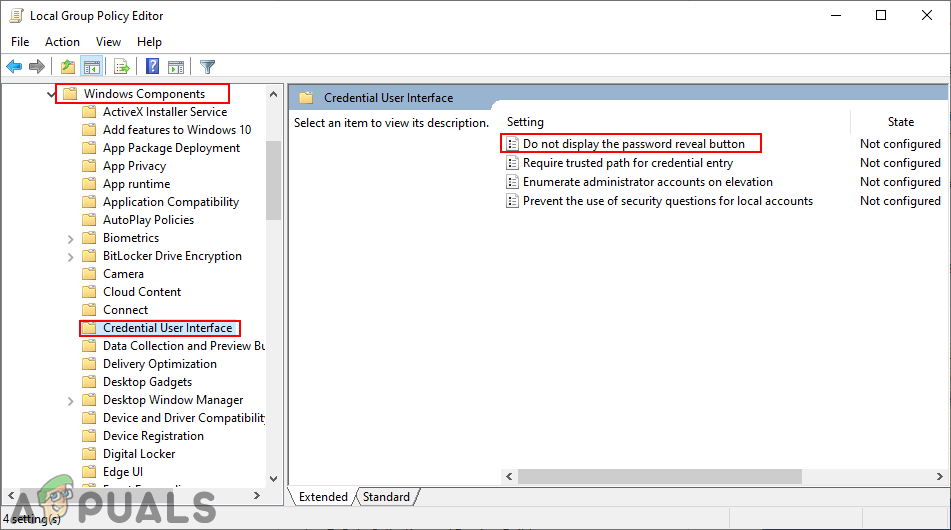
Navigating to the setting - Double-click on the setting named “Do not display the password reveal button” and it will open up in a new window. Now change the toggle from Not Configured to Enabled and click on Apply/Ok button to save the changes.

Enabling the setting to disable password reveal button - This will disable the password reveal button in Windows. To enable it back, simply change the toggle back to Not Configured or Disabled.
Disable Password Reveal Button through the Registry Editor
Another way to disable the password reveal button is by using the Registry Editor. This is also the only method available for Window Home users. Unlike the Local Group Policy Editor, the settings in the Registry Editor will not be available by default. Users are required to create the missing key and value for that specific setting. Follow the below steps to see how it works:
Note: The value can be created under both Local Machine or Current User. Both of them will have the same registry path, but a different registry hive (HKEY_LOCAL_MACHINE or HKEY_CURRENT_USER). We will be using the Local Machine path in the below steps, but you can choose the one you want.
- Hold the Windows key and press R to open a Run dialog. In the box, type “regedit” and press the Enter key to open the Registry Editor. Choose the Yes option for the UAC (User Account Control) prompt.
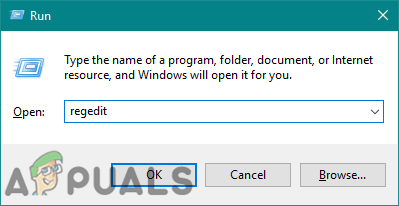
Opening the Registry Editor - In the Registry Editor window, navigate to the following key:
HKEY_LOCAL_MACHINE\Software\Policies\Microsoft\Windows\CredUI
- If the CredUI key is missing, then simply create it by right-clicking on the Windows key and choosing New > Key. Name the key as “CredUI” and save it.

Creating a new key - Right-click on the right pane of the CredUI key and choose New > DWORD (32-Bit) Value. Name this value as “DisablePasswordReveal“.

Creating a new value - Double-click on the DisablePasswordReveal value and change the value data to 1. The value data 1 will enable the value.
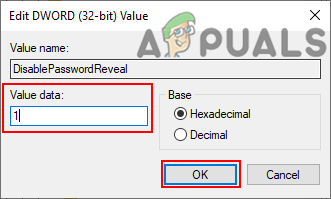
Changing value data to enable it - After all the configurations, make sure to restart the system and let the changes take effect. To disable it back, simply change the value data back to 0 or just delete the DisablePasswordReveal value.


